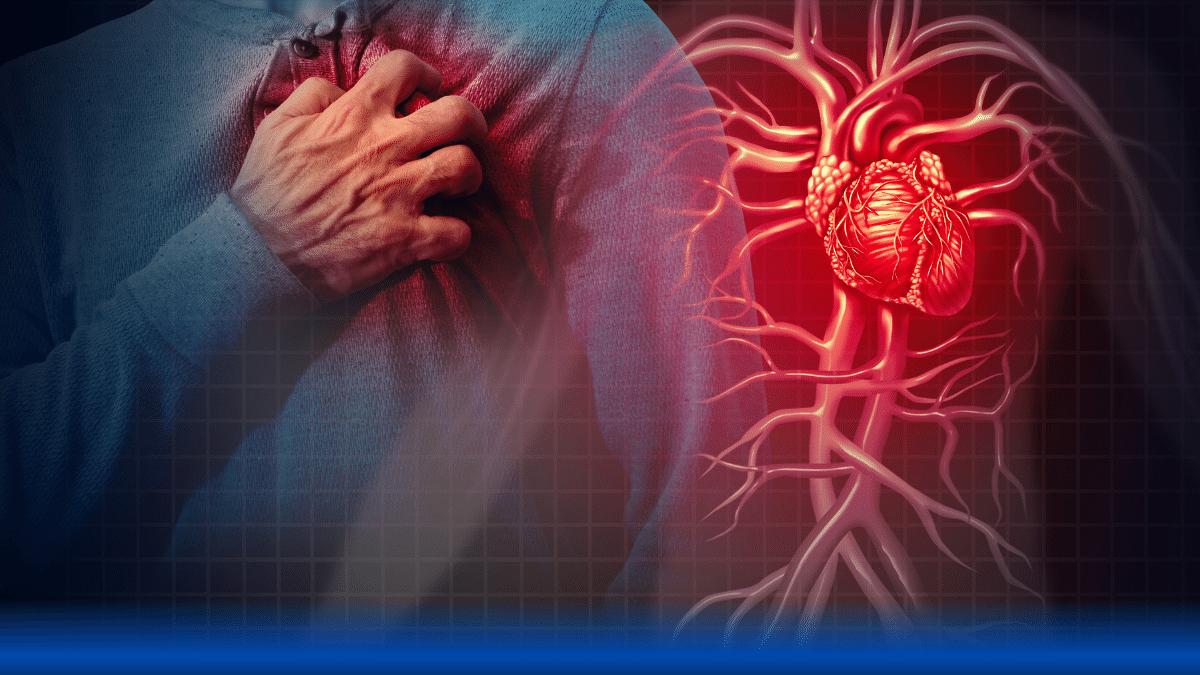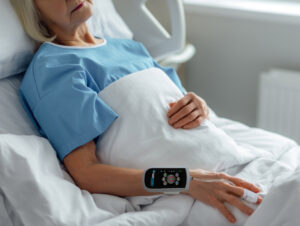
Enable rapid identification of cardiogenic shock for STEMI patients
Published in the Journal of American Heart Association in 2023, Early Utilization of Mechanical Circulatory Support in Acute Myocardial Infarction Complicated by Cardiogenic Shock: The National Cardiogenic Shock Initiative, developed a shock protocol that emphasized the early use of MCS with Impella. The study assessed outcomes in patients with AMI-CS and the feasibility of treating patients in a protocolized fashion using cardiogenic shock teams.
The study demonstrated that protocolized treatment with early use of MCS in AMI-CS is feasible across varying health care settings. The protocol showed improvement in early hemodynamics and perfusion, and in-hospital survival rates were high.
In the study, the diagnosis of AMI-CS was made prior to placing the Impella. A cardiogenic shock diagnosis was defined by the presence of at least 2 of the following:
- Hypotension with SBP <90 or need for inotropes to maintain SBP >90
- Evidence of end organ hypoperfusion (elevated lactate level, cool extremities, oliguria)
- Cardiac index <2.2 L/min/m2, or CPO <0.6 W
The Society for Cardiovascular Angiography and Interventions (SCAI) shock classification system was not created at the start of the study, but was adopted retrospectively. All patients met the definitions of SCAI shock stages C, D or E at the time of MCS implantation.
Rapid identification of cardiogenic shock should be easy
When seconds count, you need technology that is fast, easy-to-use, dependable and precise. VitalStream, the only FDA-cleared wireless wearable continuous cardiac output and blood pressure monitor, can aid you in the quick identification of cardiogenic shock in AMI and STEMI patients.
- Quick set up: Fit, calibrate and monitor within 90 seconds.
- Real-time insights: Real-time and continuous monitoring of blood pressure, cardiac output, cardiac index, cardiac power output, stroke volume, stroke volume index, heart rate and many other vital signs to inform diagnosis and resuscitation.
- Easy-to-use interface: The tablet application provides you with a modern experience that can be quickly learned with minimal instruction.
- Easily portable: The wireless and portable form factor allows the device to be placed at any point of care.
More medical news and events

Caretaker Medical Receives Inaugural Healthcare Tech Innovation Award and $200,000 Grant from Medical Society of D.C.
WASHINGTON, DC, UNITED STATES, April 2, 2025 /EINPresswire.com/ -Caretaker Medical is honored to announce it has been awarded the Healthcare Technology Innovation Award, along with…

Caretaker Medical Awarded the Grand Prize in NIH RADx Tech for Maternal Health Challenge
Caretaker Medical, a digital health company focused on developing hemodynamic monitoring devices, today announced that it has been awarded the $525,000 grand prize in the…

VitalStream offers continuous hemodynamic monitoring solution amid IV fluid shortage
Philadelphia, PA – October 9, 2024 – Caretaker Medical, a pioneer in advanced hemodynamic monitoring technology, is highlighting the critical role of its VitalStream solution…
